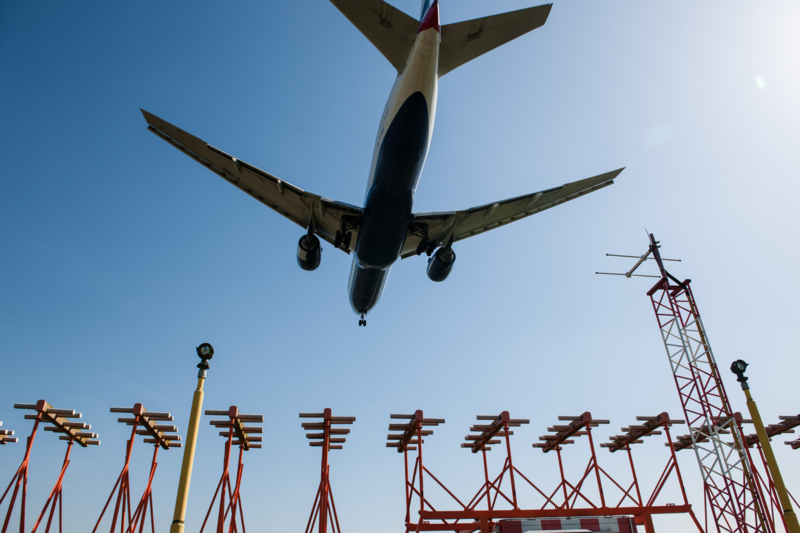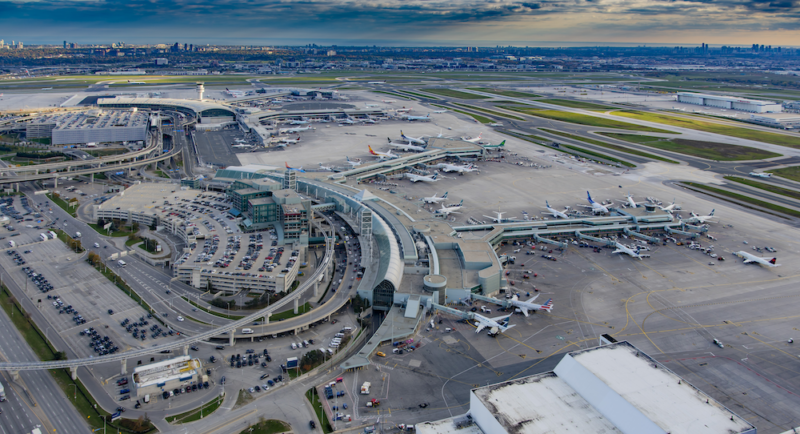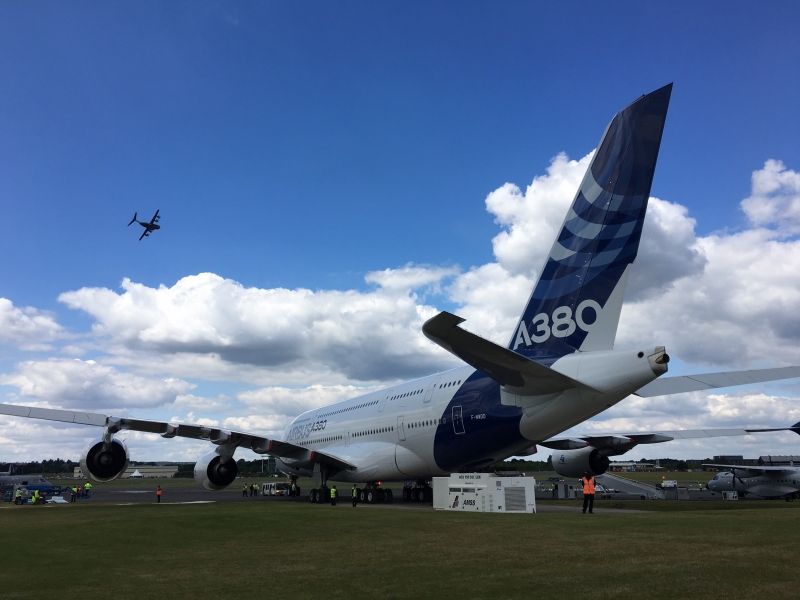Why a go-around is nothing to fear
23 August 2022Despite being a fairly regular occurrence in the world of aviation, an aircraft failing to land and trying again is always seen as something quite scary and dramatic when it’s spoken about in the media. You may have read or heard about when an aircraft has decided to abandon its approach, electing not to land and instead taking back off to either try again or to hold in airspace – this manoeuvre is known as a ‘go around’.
Go-arounds, also known as missed approaches, can happen for a variety of reasons: the approach may be unstable, for example the aircraft is too high or too fast, or the runway might not be clear because the aircraft that has landed ahead hasn’t vacated the runway in time. Strong winds, often known as crosswinds, can also cause aircraft to go-around, especially if they’re blowing across the runway making it difficult to land in a straight and stable position.
Pilots may also sometimes use go-arounds so they can perform aircraft checks if there looks to be a technical issue, or it could be that they are deciding what to do next if the weather doesn’t look forecast to improve at their chosen airport. There are a whole host of reasons that a pilot may choose to do a go-around, which is why, as controllers, we will try to ascertain the reason for the go-around before asking the crew if they want to make another approach. Finding out the reason for the go-around is important in case we need to take any other necessary action. For example, if the reason was windshear, then I need to relay this information to other pilots so that they can incorporate this into their situational awareness.
No matter what the reason is, a go-around happens because it is the safest course of action in that moment in time. In fact, all crew are taught from the beginning of their flying training to go-around if they’re ever unhappy with the approach.
As an approach controller, when a go-around happens, I’ll normally be told about it by the tower controller calling me on our priority phone line. I’ll then have a conversation with the tower to decide which actions need to be taken and who needs to do what to enable that go-around. If the aircraft wants to make another approach straight away, I need to decide where in the sequence that aircraft can fit and take steps to make this new sequence work. This may sometimes require other aircraft being given longer routings or needing to be slowed down. If another controller is working alongside me because its already a busy period, then I also need to communicate this plan with them.
As you can imagine, this all adds up to a fair bit of work and if multiple aircraft opt to go-around, if the weather conditions are bad for example, there can be quite a lot to do in a short amount of time. The good news is that we train for these events and, because they happen fairly regularly, although there’s a lot to do, it is very rarely complicated or overly difficult!
When a flight crew have performed their go-around and have come back onto my frequency, if they’re ready for another approach, they are told how many miles they have to touchdown and are handled the same way as any other arrival is handled.
Although go-arounds look dramatic, they are standard practice and, often, are nothing to be concerned about. Pilots and air traffic controllers are highly trained individuals with safety always at the forefront of their minds, so… even if you’ve never experienced a go-around as a passenger, rest assured it’s not out of the ordinary for us, and you’ll be back on the ground safely in no time.
Comments
Please respect our commenting policy and guidelines when posting on this website.




25.08.2022
18:57
isla mujeres tour
There is a reason why the airplane is one of the safest means of transportation. Passengers believe in the myths and legends that are told in the press and seen in the movies, in addition to the fear of many customers to travel by plane something that they see unusual already generates fear in them.
02.10.2022
12:12
Barry Jones
Back in the days when a NATS pass would get you on to the flight deck, I was in the jump seat of a Go (remember them?) flight from Bologna to Stansted. I discovered that the crew was a training captain and a first officer who wasn’t fully checked out on the 737.
“What do you need to finish off your training?”
“I need two autolands.”
“OK, we’ll do one at Stansted – it doesn’t matter if we have to go-around.”
He knew that, she knew that, and I knew that but I wasn’t sure about the rest of the passengers! As it happened, the landing was flawless.